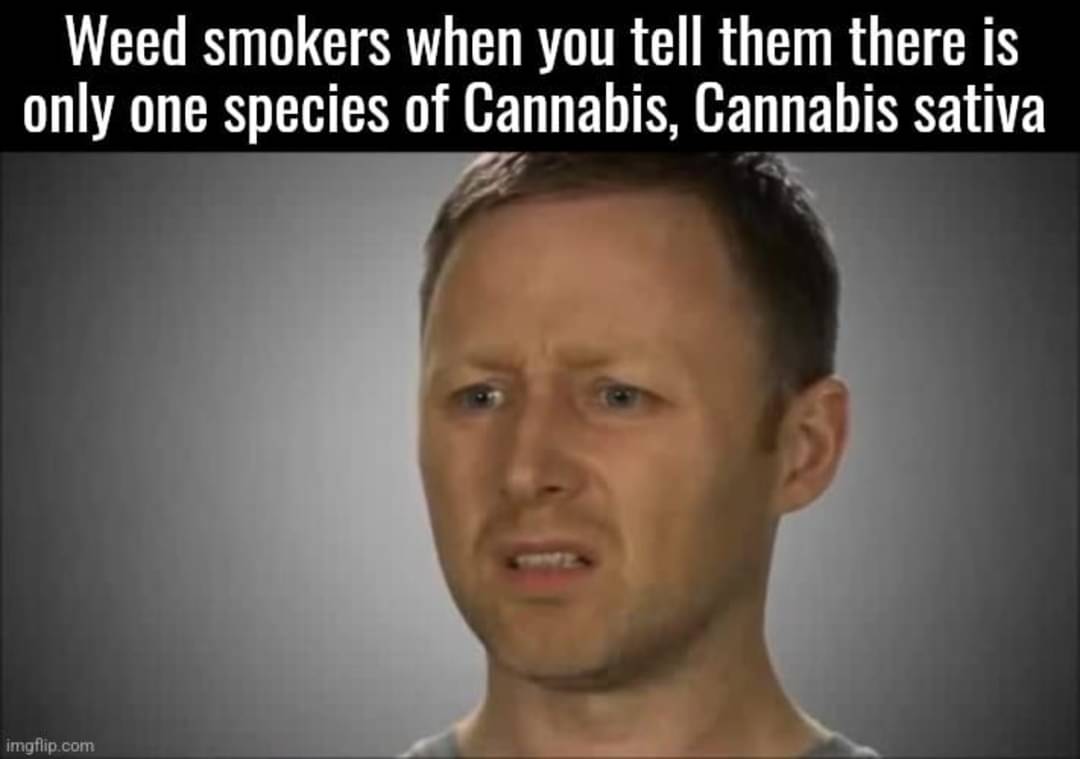this post was submitted on 27 May 2024
287 points (88.7% liked)
Science Memes
12417 readers
3839 users here now
Welcome to c/science_memes @ Mander.xyz!
A place for majestic STEMLORD peacocking, as well as memes about the realities of working in a lab.

Rules
- Don't throw mud. Behave like an intellectual and remember the human.
- Keep it rooted (on topic).
- No spam.
- Infographics welcome, get schooled.
This is a science community. We use the Dawkins definition of meme.
Research Committee
Other Mander Communities
Science and Research
Biology and Life Sciences
- [email protected]
- [email protected]
- [email protected]
- [email protected]
- [email protected]
- [email protected]
- [email protected]
- [email protected]
- [email protected]
- [email protected]
- [email protected]
- [email protected]
- [email protected]
- [email protected]
- [email protected]
- [email protected]
- [email protected]
- [email protected]
- [email protected]
- [email protected]
- [email protected]
- [email protected]
- [email protected]
- [email protected]
- !reptiles and [email protected]
Physical Sciences
- [email protected]
- [email protected]
- [email protected]
- [email protected]
- [email protected]
- [email protected]
- [email protected]
- [email protected]
- [email protected]
Humanities and Social Sciences
Practical and Applied Sciences
- !exercise-and [email protected]
- [email protected]
- !self [email protected]
- [email protected]
- [email protected]
- [email protected]
Memes
Miscellaneous
founded 2 years ago
MODERATORS
you are viewing a single comment's thread
view the rest of the comments
view the rest of the comments

I understand self-pollinating, but what is auto-flowering?
Short answer non-autoflowering cannabis relies on the day/night cycle to figure out when to flower, while auto-flowering relies on an inbuilt timer, once it's old enough it'll flower.
puffs blunt
manually flowering cannabis requires the grower to go around opening and closing the flowers every day
Where self-pollinating is where a plant’s pollen fertilizes its own ovules to create seeds, auto-flowering is where the plant transitions from vegetative state to the flowering state based on age instead of light cycle.
Idk it’s so interesting to me
"Normal" (non-autoflowering) cannabis is more properly "photoperiod", which means that they only start blooming once they "recognise" the light period to be around 12/12 (and some strains like 18/6, referred to as "earlys", but those are quite rare.)
"Autoflowering" refers to how the plants "automatically" go into bloom despite the light period you have. Ruderalis is (well arguably) a subspecies (or a species of it's own, whatever) that evolved at such northern latitudes that when the lights actually hit 12/12 (in autumn), there wouldn't be time to bloom.
So ruderalis evolved to bloom despite the light period, more relying on just how old/big/fed the plant is. Mainly just the age of the plant.
At first ruderalis strains were really small and mild (Lowryder, ah, the nostalgia), but that was like 15 years ago.
Nowadays it's hard to find strains that there aren't autoflowering versions for, and the plants can be pretty much just as huge as "normal" photoperiods.
Depends on the grower and whether they're grow outside or inside, but not having to change your lights can be an advantage, especially since the 12/12 requires 12 hours of proper darkness, ao for instance small windowsill cannabis wouldn't bloom in northern latitudes. Requires a good lightproof tent to grow normal photoperiods. Autoflowers are less fussy and usually faster from seed to weed.
However if you do have a proper setup, you're probably gonna want photoperiods, as growing them gives more control. You can decide how long you want the "vegetative" phase to last, so you can grow the plants for 3 weeks them force them to bloom or you can grow them for 6 weeks and let them flower. Then the flowering takes about 8-12 weeks on top of that. With autoflowers it's usually 10-12 from seed to harvest. Fastest ones claim 8 weeks.
Hope that answers your question somewhat.
Thank you for the detailed explanation!